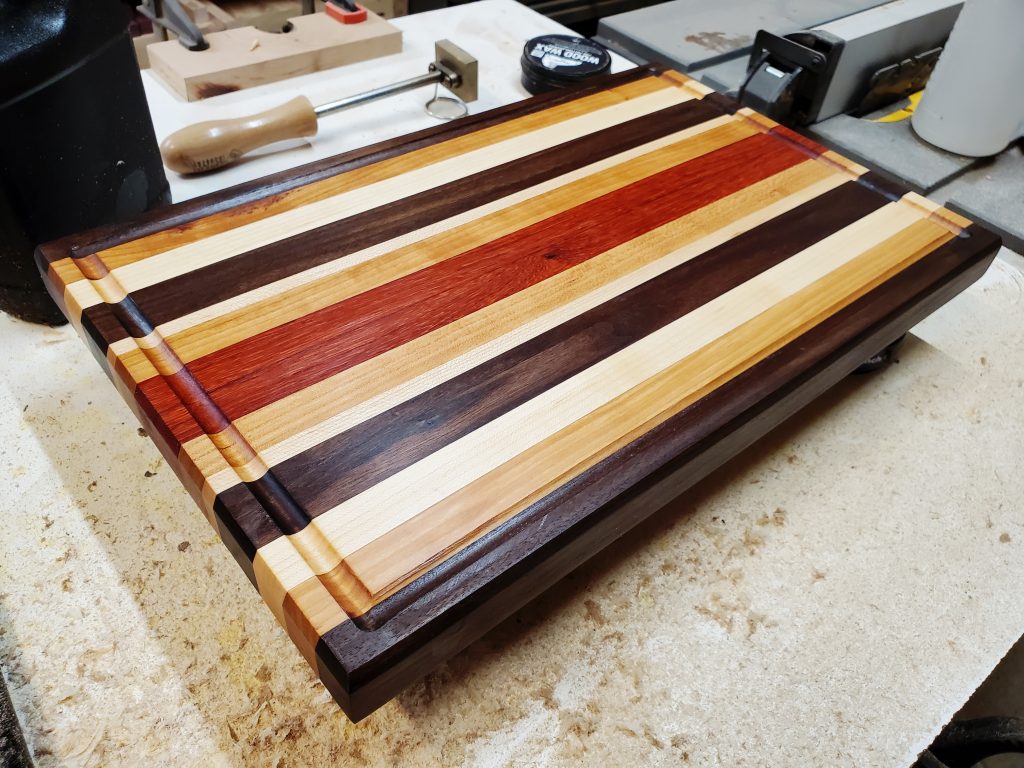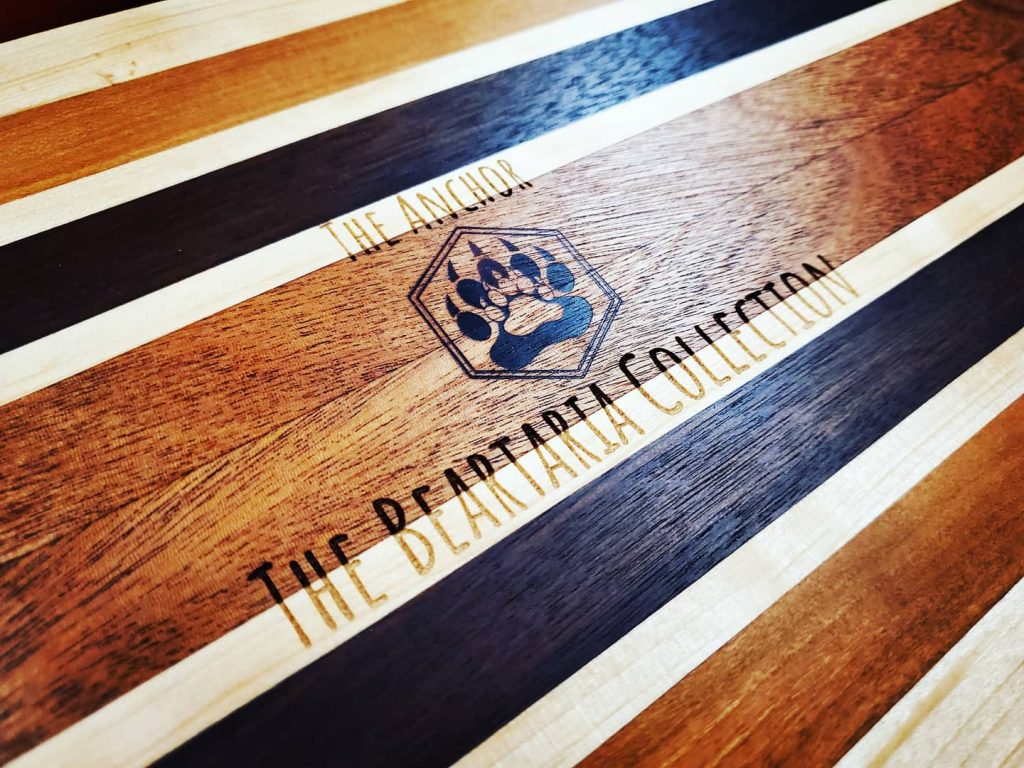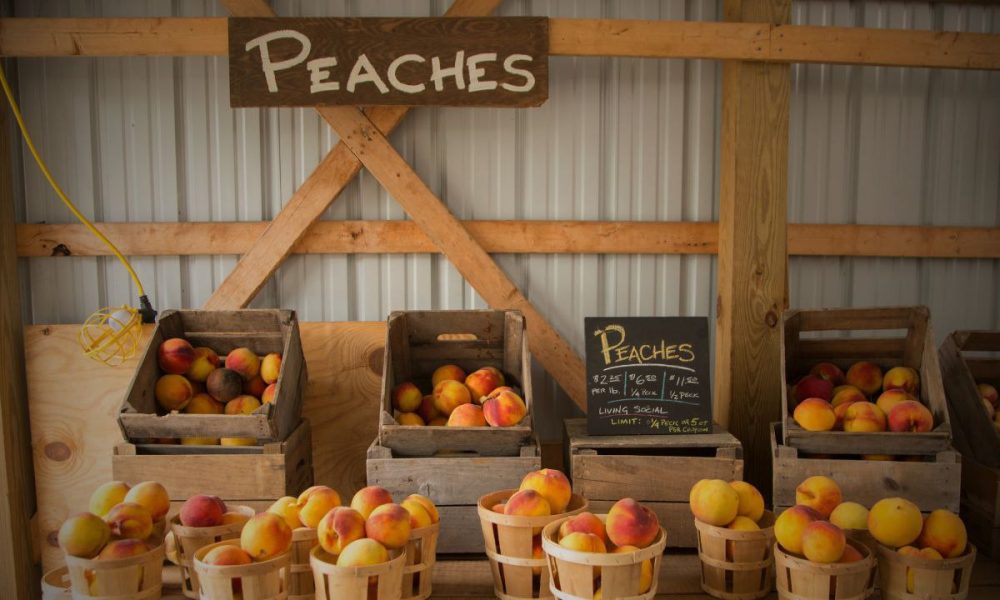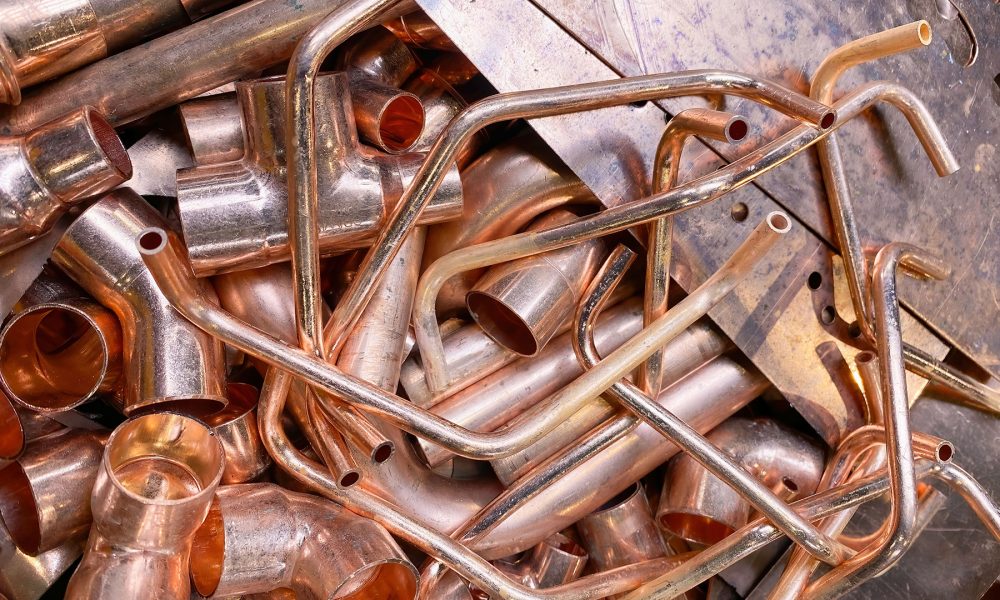In these modern times, two of the largest gripes people have when they buy just about anything are the price of an item, and how terribly built it is. We’ve all cursed a Swedish piece of furniture, or raged when a spark plug change is preceded by tearing the entire top end of the engine off just to get to them. Typically in that moment, we also reflect on how much the item cost at the time of purchase, and more often than not we regret even buying it. It wasn’t always like this however, and to be successful in business it is imperative to understand what led us to this perpetual annoyance with cheaply made stuff.
Not that long ago, the quality of most things one could purchase was substantially better than today. There is a reason old washing machines were better than new ones, why old tools were indestructible, why cars were built so solidly and would run for a million miles if properly cared for. Manufacturers of old cared much more about the quality of the product they were producing than they do today. There’s no simpler way to put it. For whatever reason, that began changing a few decades ago, and has spiraled out of control and led us to where we are today.
Where I believe it went wrong is a tale as old as time. People got greedy, and began chasing higher and higher profits. And in doing so, the quality of their products decreased. Tool companies realized if they used a slightly softer steel that was considerably cheaper to purchase, then they could increase their profit by 5% on every socket or wrench sold. So they did it. Then they realized if they shipped manufacturing overseas, they could pay 1/10th of the wages that they were paying American workers. So they did. The result of having unskilled workers using cheap steel was an inferior tool which broke easily. But the price never changed to account for this downgrade in quality. The company continued charging the same amount of money for an entirely different tool. I would classify this as not only dishonest, but also disrespectful to the customer.
People work hard for their money, and many people struggle just to keep their lights on. Far too many people go to sleep at night feeling as if they failed, because their children went to bed hungry. I witnessed my own parents go to bed without eating more times than I can remember, because there wasn’t enough food but they made sure we children ate. Were they lazy parents? Not at all. They both worked incredibly hard to provide for myself and my 3 siblings. But a blown furnace here, an unexpected car repair there, and funds become very tight faster than we can often adjust. So when the time comes and someone has a bit of extra money and they’re ready to invest in that tool, or that washing machine, or in the case of my business that butcher block, they want to know that their money is being exchanged for something of good quality. That exchange of money for either goods or a service is the most crucial calculation one can make in business.
Price is what you pay. Value is what you get.
Every business owner needs to objectively look at the value of what their customers are getting before they should ever set a price. If you set the price too high in relation to the value, nobody will buy your product. If you set it far too low, people will assume it’s cheap and, again, not buy your product. There is always a sweet spot where the price is reasonable, and the customer is able to justify the cost based on the value they know they’ll receive.
A quick example of this, as it relates to my own business: There are many companies who produce butcher blocks for the kitchen. Many of these companies use one type of wood (usually maple or walnut). Little, if any, care is taken into the creation of the block. There are even a couple of big name companies who market, quite literally, a single piece of wood as butcher blocks and charge absurd prices for them. For context, those styles of blocks take 2 cuts on a miter saw and 2 minutes of sanding to produce. Since they’re also a single piece of wood with no joints or wood glue used, they are capable of warping much more easily, as wood does. When doing market research prior to launching my butcher blocks, I asked many people what they thought of these blocks. Every single person said “That’s ridiculous. It’s a piece of wood. They’re asking how much for it?!”

On the contrary, the butcher blocks I produce are made using a mixture of many kinds of wood, both domestic and exotic. They are cut into 3/4″ thick strips, and glued together with alternating grain orientation so the board will not warp after years of washing. I hand pick every piece of wood for every board. In a single board, you could have Wenge wood from Africa, Purpleheart from the Amazon, Hard Maple from New England, etc. I spare no expense in the construction of each board design, because I understand that if I were to be spending $150, I’d expect something that would last for decades.

When I set a price for my butcher blocks, I looked at one thing above all else. What was the value of the board. I don’t mean the price, I mean what was the customer receiving. Was it good quality? Was it aesthetically pleasing? Could the customer find the same board somewhere else? How long would it last? What was the cost of the materials used to produce each board? All of these things went into my final set price. And that price gave me a fair profit, while still coming in $100 cheaper than the above mentioned single piece of wood butcher block.
This description of one of my products is not intended as self promotion. Those who are reading this most likely know who I am, what I do, and what my products are already. What I want you to take away from this is that there is a healthy relationship between price and value, and it’s a relationship that should be carefully considered by anybody who is selling anything. You must remove your bias as the one producing the product or providing the service, and be honest about what it is you’re offering. I know that I offer a quality product, so I charge what I think is a fair price for that product. If you know in your heart that your product or service is decent but could be better, then don’t set unrealistic prices. I know the idea of higher profit seems appealing, but a lifelong customer paying smaller prices is worth exponentially more than a one time customer who rides the roller coaster of regret when your goods and/or services don’t hold up.
Be honest. Be fair. Work hard to better whatever it is that you do, so when the time comes to raise your prices you can do so feeling justified in your decision and knowing that your reputation for quality will ensure your customers follow you.
Until next time Bears! Onward!
-Woodshop Bear




